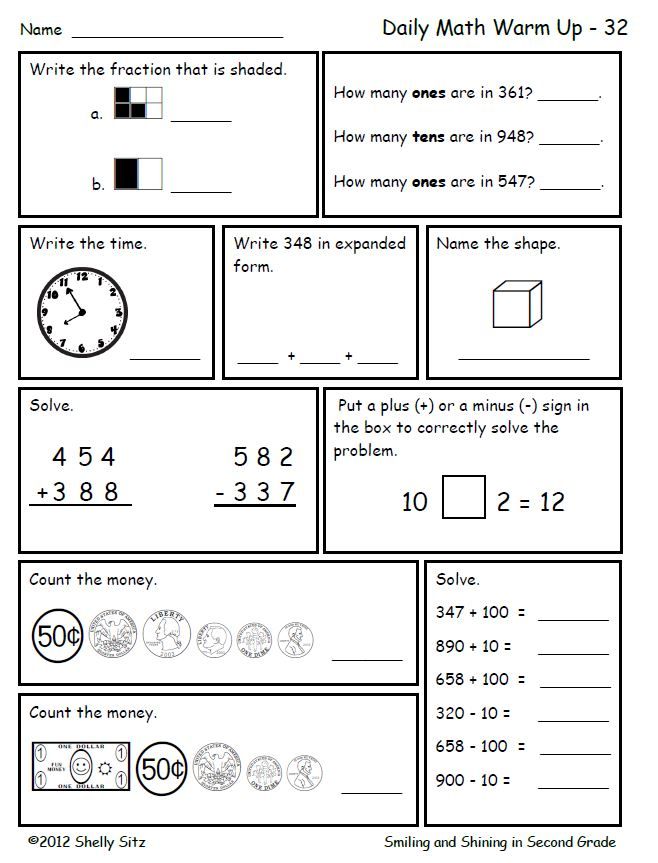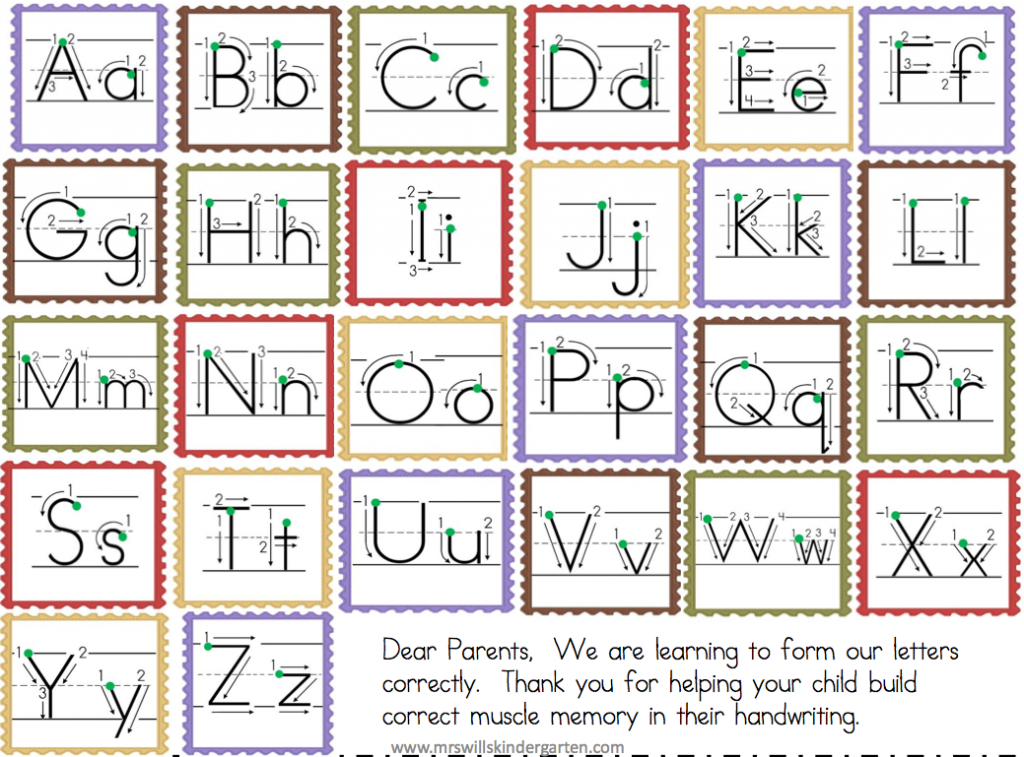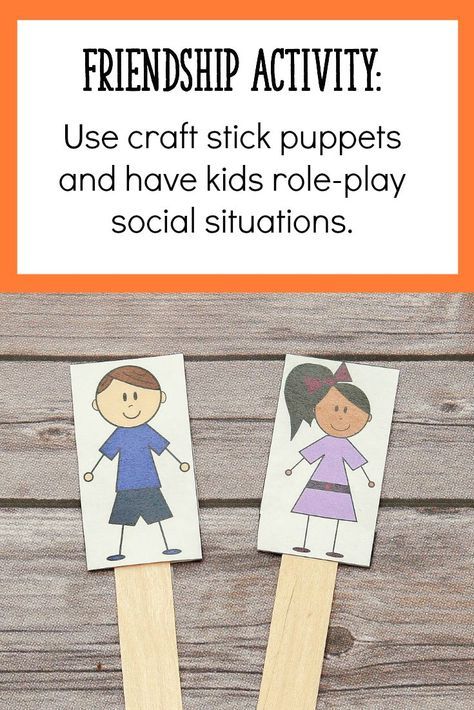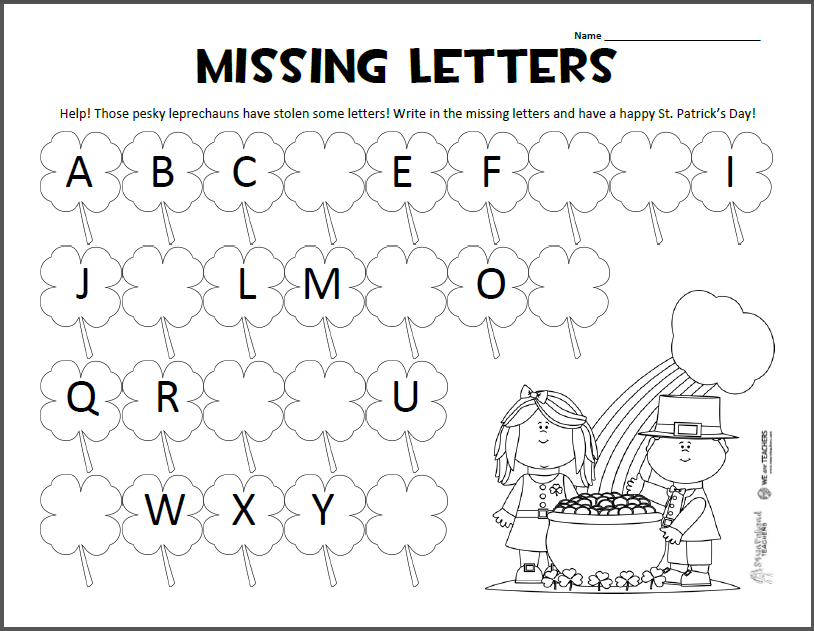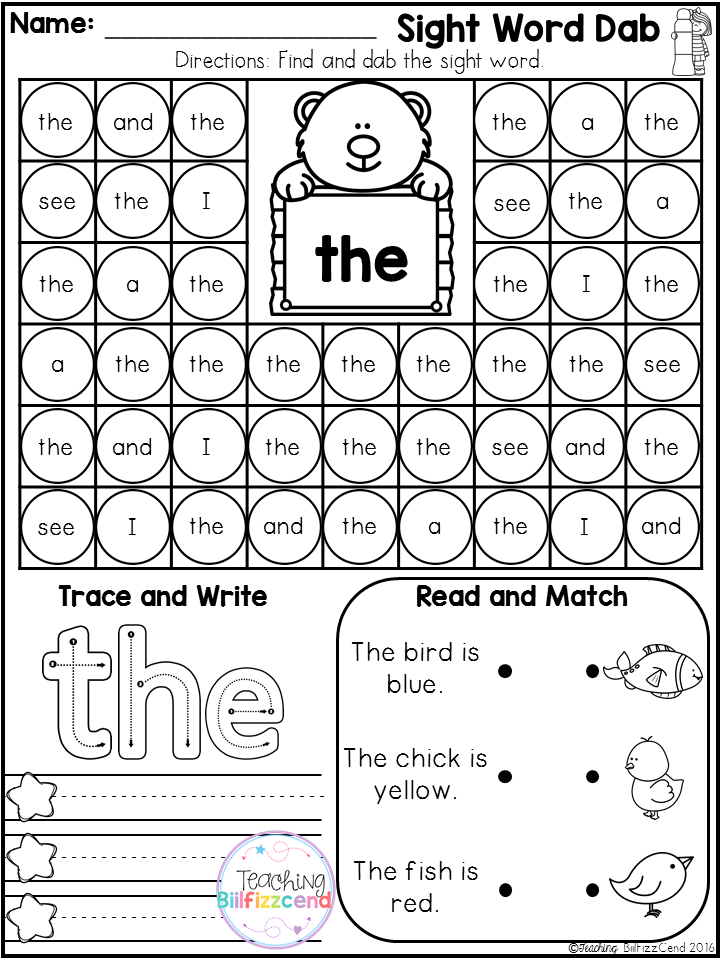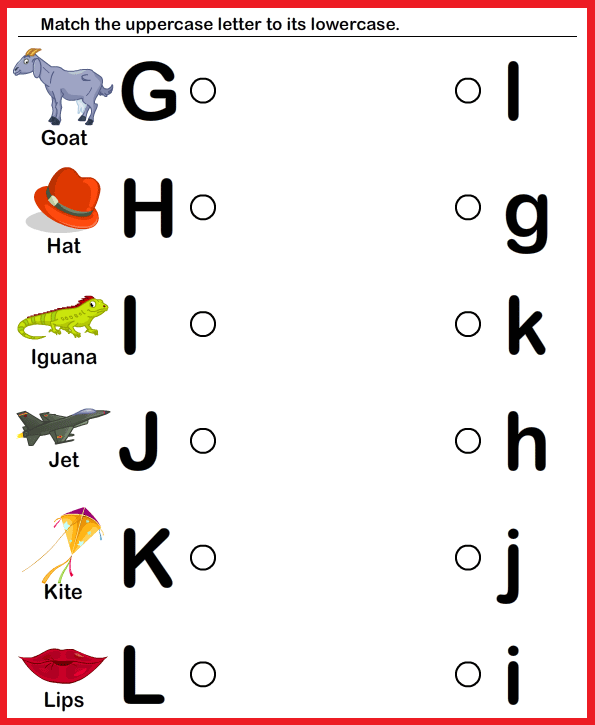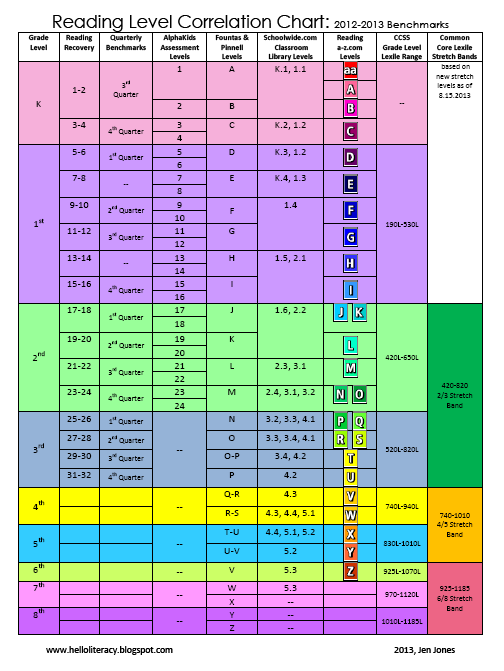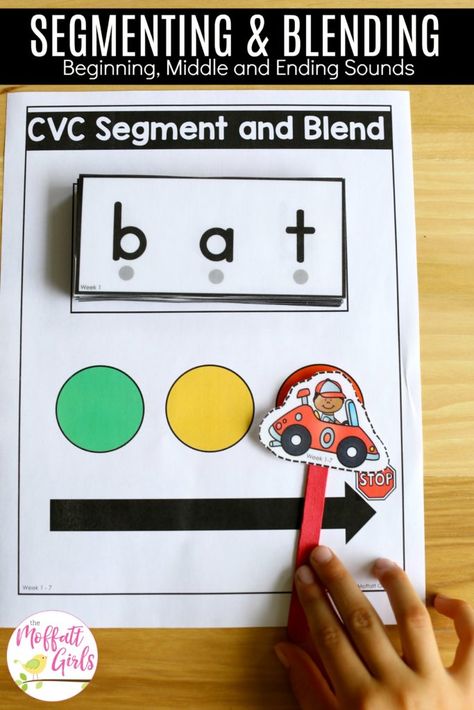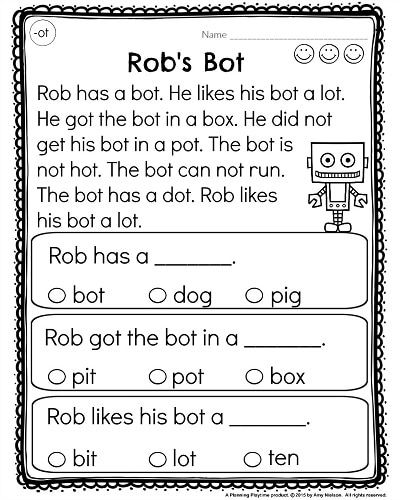First grade math program
First Grade Online Lesson Plans
View Our Lesson Demos!
A first grade math curriculum should teach students the fundamentals in a way that is not just effective, but also fun. In addition to giving students a solid foundation, first grade math fluency also arms students with the tools and confidence they need to learn more advanced concepts down the road.
If a child can’t keep up with a first grade math curriculum, not only will they fall behind and, in turn, lose confidence, but they’ll also lose interest in the subject. Additionally, the skills and concepts that students learn in first grade math aren’t just limited to use in their academic studies. First grade math fluency also helps students become better problem solvers and logical thinkers.
What Math Should a 1st Grader Know
Students will acquire tons of new math skills in first grade. This knowledge will serve as a foundation for what they will learn in second grade math and also expand on what they learned in kindergarten. As they go into first grade, students should be familiar with a number of concepts in order for them to be successful and learn more advanced topics and math strategies. These include, but are not limited to:
- Be able to count, identify and write numbers
- Perform one-digit addition and subtraction
- Have an understanding of quantity (more and less)
- Familiarity with patterns and shapes
- Knowledge of place value (ones, tens, etc.)
The ideal math curriculum for first grade should not only build on these skills and ensure mastery of new concepts, but also make learning fun by engaging and motivating students.
Math Objectives for 1st Grade
Once you’ve selected the ideal math curriculum, it is important to set some attainable goals. Below is a sample of what some of these math goals should be:
- Count to 100; county by 5s and 10s to 100; count by 2s to 40
- Represent numbers on a number line
- Add and subtract 2-digit numbers
- Write the date; tell time; read a calendar
- Count and create coin combinations; add and subtract money
- Identify, sort and classify 2-dimensional shapes
- Understanding the value of money
Towards the end of the year, if your child has already achieved most of their first grade math goals you can give them a head start for the next year by having them practice math facts.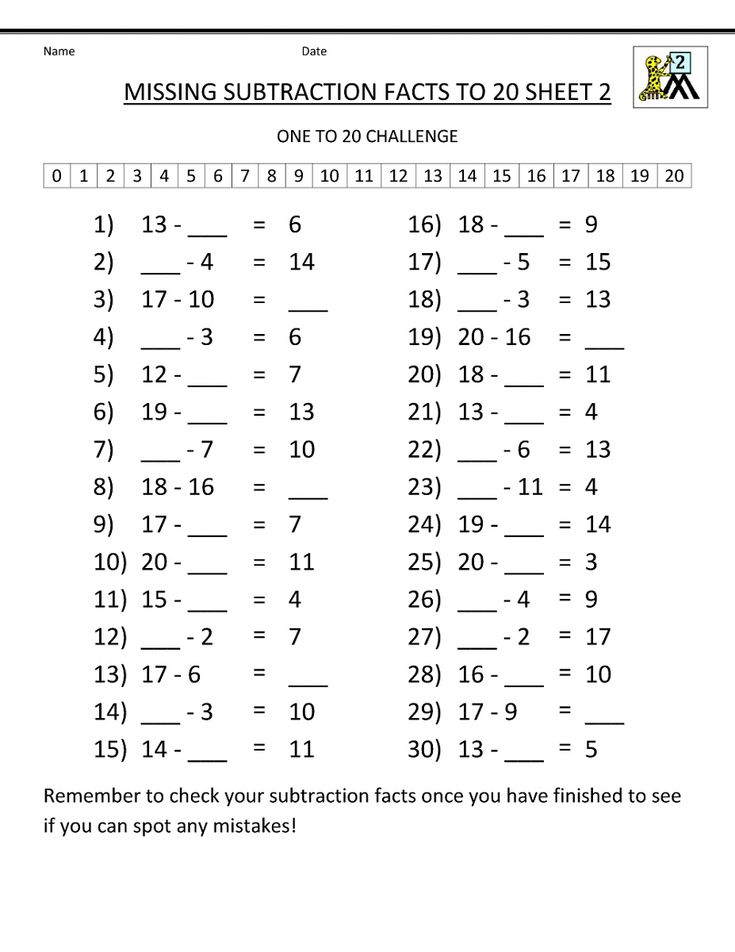 This will solidify what they learned in first grade and prepare them for their second grade math learning targets.
This will solidify what they learned in first grade and prepare them for their second grade math learning targets.
1st Grade Math Scope & Sequence
Chapter 1: “Number Sense”
Lesson 1: Read Numbers –
2 ActivitiesRead whole numbers up to 100. Use one-to-one correspondence to count objects up to 100.
Lesson 2: Compare Numbers –
2 ActivitiesCompare and order whole numbers up to 100 by understanding the concepts of greater than, less than, and equality.
Lesson 3: Ordinal Numbers –
2 ActivitiesMatch ordinal numbers with an ordered set of up to ten items. Identify first, second, and third by name.
Lesson 4: Count Numbers –
2 ActivitiesCount forward and backward by ones and count forward by tens from any number less than 100.
Lesson 5: Place Value –
2 ActivitiesIdentify the place value of a digit in whole numbers to 100. Identify the value of digits up to the hundreds place.
Identify the value of digits up to the hundreds place.
Lesson 6: Compare with Place Value –
2 ActivitiesGroup objects by tens and ones. Compare and order whole numbers up to 100 using place value.
Lesson 7: Count by Twos and Fives –
2 ActivitiesCount forward by twos and fives up to 50.
Lesson 8: Odd and Even Numbers –
2 ActivitiesModel and identify even and odd numbers.
Chapter Test: Number Sense
Chapter 2: “Fractions”
Lesson 1: Equal and Unequal Parts –
2 ActivitiesIdentify equal and unequal parts of wholes.
Lesson 2: Halves and Fourths –
2 ActivitiesIdentify and demonstrate fractions (1/2, 1/4) as parts of whole and parts of a set using concrete materials and drawings.
Lesson 3: Thirds –
2 ActivitiesIdentify and demonstrate thirds and 1/3 of wholes using concrete materials and objects.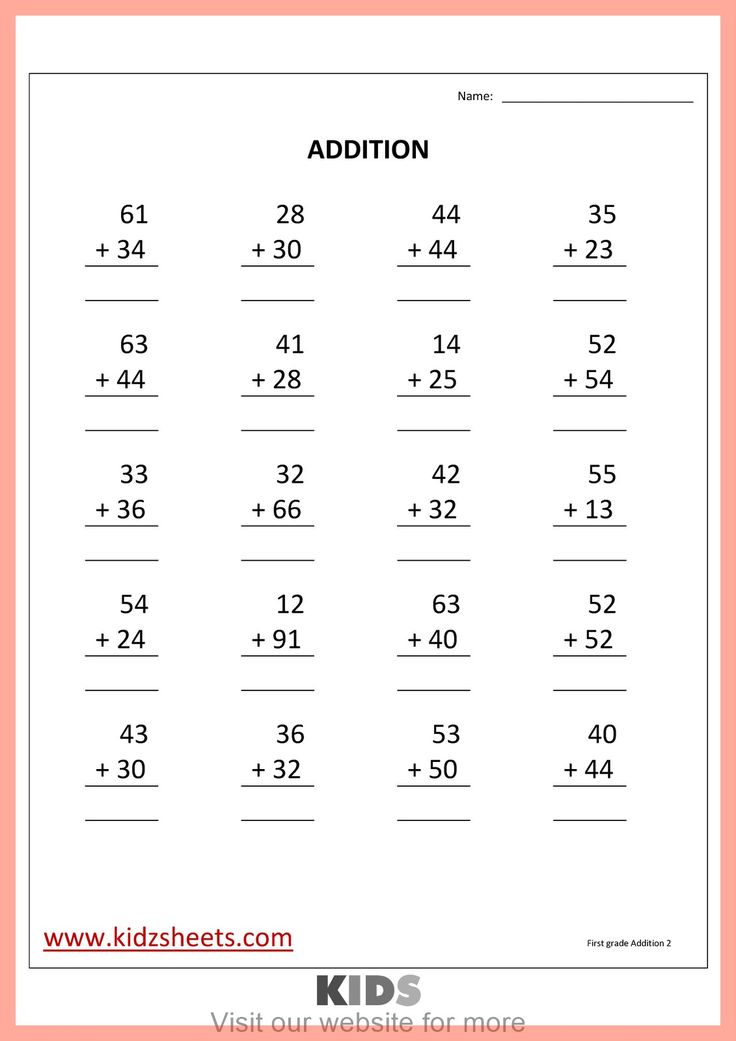
Lesson 4: Equal Fractions –
2 ActivitiesIdentify equivalent fractional parts as a whole.
Chapter Test: Fractions
Chapter 3: “Operations”
Lesson 1: Adding and Subtracting –
4 ActivitiesDemonstrate understanding of the meaning of addition and subtraction by using language such as put together, take away, increase, decrease, compare, and find the difference. Relate informal language to mathematical language and symbols.
Lesson 2: Place Value –
2 ActivitiesWhen given any number up to 100, identify one more than, one less than, 10 more than, and 10 less than.
Lesson 3: Equal Numbers –
2 ActivitiesUsing diagrams and/or numerical expressions, represent equivalent forms of the same number up to 12.
Lesson 4: One-digit Addition –
2 ActivitiesSolve one-digit addition problems.
Lesson 5: One-digit Subtraction –
2 ActivitiesSolve one-digit subtraction problems.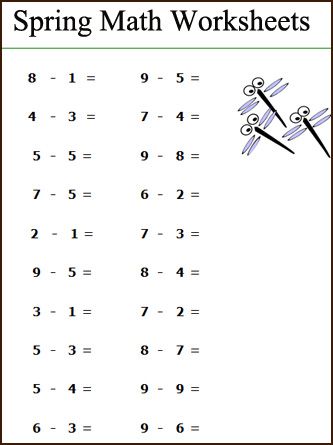
Lesson 6: Sum of Three Addends –
6 ActivitiesFind the sum of three one-digit numbers.
Lesson 7: Two-digit Addition –
6 ActivitiesSolve two-digit addition problems.
Lesson 8: Zero as a Placeholder –
2 ActivitiesExplain the meaning of zero and its function as a placeholder. Explore adding and subtracting zero.
Lesson 9: Addition and Subtraction Strategies –
7 ActivitiesSolve for basic addition and subtraction facts by using strategies such as counting on, counting back, doubling, doubling plus one, and making ten.
Lesson 10: One-Digit Word Problems –
2 ActivitiesSolve addition and subtraction one-digit word problems by selecting the proper operation.
Lesson 11: Problem Solving Strategies –
2 ActivitiesChoose an appropriate method, such as using concrete materials, mental math, or paper and pencil to solve real-world addition and subtraction problems.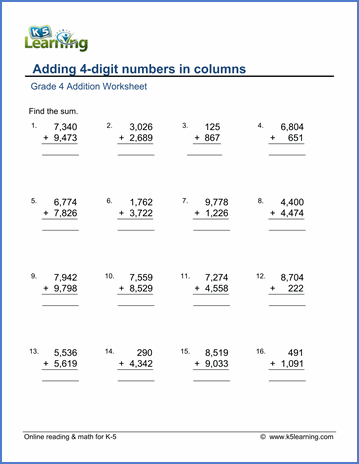
Lesson 12: Estimation Language –
2 ActivitiesUse the appropriate language of estimation such as about, near, closer to, and between to identify and describe numbers in real-world situations.
Lesson 13: Estimate –
3 ActivitiesEstimate reasonable answers to compare amounts, count objects, and solve basic facts.
Chapter Test: Operations
Chapter 4: “Money”
Lesson 1: Coin Values –
2 ActivitiesIdentify and name the values of coins (penny, nickel, dime) and show different combinations of coins that equal the same value, up to 75¢. Recognize and use the cents sign.
Lesson 2: Count Money –
2 ActivitiesIdentify and count money to equal an amount using the fewest coins.
Lesson 3: Model Money Amounts –
2 ActivitiesIdentify and count money to equal an amount using the fewest coins.
Lesson 4: Add and Subtract Money –
3 ActivitiesSolve simple addition and subtraction problems involving the use of pennies, nickels, and dimes up to 50¢.
Chapter Test: Money
Chapter 5: “Patterns”
Lesson 1: Sort Using One Attribute –
2 ActivitiesSort and classify objects by one attribute.
Lesson 2: Sort Using Two Attributes –
2 ActivitiesSort and classify objects by two or more attributes.
Lesson 3: Rules for Sorting –
2 ActivitiesJustify rules for sorting and classifying.
Lesson 4: Build Patterns –
2 ActivitiesUse one attribute to create a pattern. Identify errors in repeating patterns.
Lesson 5: Classify Patterns –
2 ActivitiesClassify, describe, and extend patterns of objects using a wide variety of attributes (i.e., size, shape, color).
Lesson 6: Picture and Number Patterns –
2 ActivitiesPredict and extend pictorial patterns. Identify and generate patterns in number pairs by adding to a T-chart.
Lesson 7: Repeating and Growing Patterns –
2 ActivitiesExplore and create repeating patterns and growing patterns and generate rule for such patterns.
Lesson 8: Patterns on a Hundreds Chart –
2 ActivitiesExplore patterns of numbers on a hundreds chart.
Lesson 9: Skip Counting –
2 ActivitiesUse patterns to skip count by 2s, 5s, and 10s to 100. Understand and identify odd and even numbers.
Lesson 10: Extend Number Patterns –
2 ActivitiesPredict and extend existing numerical patterns using addition.
Chapter Test: Patterns
Chapter 6: “Algebra”
Lesson 1: Order Property –
2 ActivitiesUse the Commutative Property of Addition in solving problems.
Lesson 2: Add and Subtract Numbers –
2 ActivitiesUsing objects and pictures, model situations that involve the addition and subtraction of whole numbers.
Lesson 3: Fact Families –
2 ActivitiesIdentify fact families by understanding the patterns in related addition and subtraction sentences.
Lesson 4: Number Sentences –
2 ActivitiesUsing objects, create models that represent a variety of number sentences including the missing addend.
Lesson 5: Equal and Unequal –
2 ActivitiesUse concrete objects and pictorial representations to explore equalities and inequalities.
Lesson 6: Greater Than and Less Than –
2 ActivitiesUse concrete objects to solve number sentences with equalities and inequalities using the symbols <, =, >.
Lesson 7: Solve for Unknown Numbers –
3 ActivitiesSolve addition and subtraction problems with an unknown number represented by a geometric shape.
Chapter Test: Algebra
Chapter 7: “Shapes”
Lesson 1: Straight and Curved Lines –
2 ActivitiesCompare plane figures based on their straight and curved lines.
Lesson 2: Open and Closed Shapes –
2 ActivitiesIdentify open and closed figures.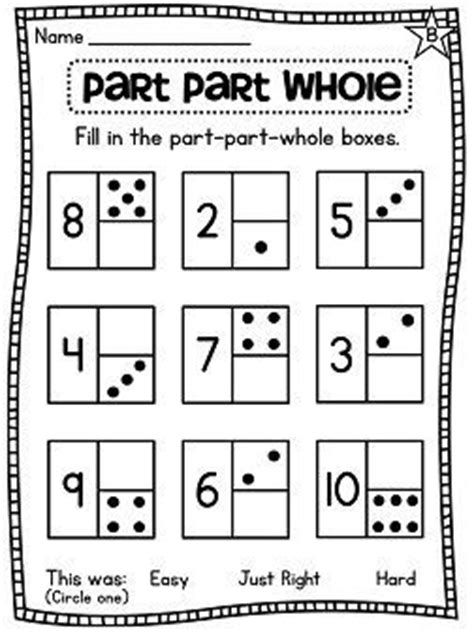
Lesson 3: Plane and Solid Shapes –
4 ActivitiesIdentify circles, triangles, and rectangles (including squares), and describe the shape of balls, boxes, cans, and cones. Sort shapes by attributes (sides, curves, corners).
Lesson 4: Special Plane Shapes –
2 ActivitiesRecognize plane shapes such as hexagons, trapezoids, and rhombi.
Lesson 5: Attributes of Plane Shapes –
2 ActivitiesDescribe and compare attributes (sides, vertices, angles) of two-dimensional shapes.
Lesson 6: Name Solid Shapes –
2 ActivitiesRecognize solid shapes such as spheres, cylinders, cones, and cubes.
Lesson 7: Attributes of Solid Shapes –
2 ActivitiesDescribe and compare attributes (edges, vertices, faces) of three-dimensional shapes.
Lesson 8: Congruent Shapes –
3 ActivitiesIdentify congruent two- and three-dimensional shapes.
Chapter Test: Shapes
Chapter 8: “Positions”
Lesson 1: Positions of Objects –
2 ActivitiesDescribe relative positions of objects or shapes using words such as top, middle, on, inside, and outside.
Lesson 2: Direction Words –
2 ActivitiesInterpret directional words such as left, right, up, and down.
Lesson 3: Position Words –
2 ActivitiesIdentify, locate, and move objects according to positional words such as to the left, above, and behind.
Lesson 4: The Number Line –
2 ActivitiesLocate, plot, and identify known and unknown numbers on a number line from 0 to 20 by ones and from 1 to 100 by tens.
Chapter Test: Positions
Chapter 9: “Using Shapes”
Lesson 1: Slides and Turns –
2 ActivitiesIdentify slides and turns with objects.
Lesson 2: Congruent Shapes –
2 ActivitiesIdentify matching pairs of congruent figures that have been turned or flipped.
Lesson 3: Symmetry –
2 ActivitiesIdentify lines of symmetry in two-dimensional shapes.
Chapter Test: Using Shapes
Chapter 10: “Spatial Sense”
Lesson 1: Build Shapes –
6 ActivitiesCreate two-dimensional and three-dimensional shapes using other shapes (e. g., two squares make a rectangle).
g., two squares make a rectangle).
Lesson 2: Plane and Solid Shapes –
2 ActivitiesRecognize two- and three-dimensional shapes from various perspectives.
Lesson 3: Perimeter and Area –
2 ActivitiesCompare perimeter and area of two-dimensional shapes in terms of less than, equal to, or greater than.
Lesson 4: Shapes Around Us –
2 ActivitiesRecognize geometric shapes in the environment.
Lesson 5: Pattern Blocks –
2 ActivitiesUse pattern blocks to form shapes. Identify combined shapes in nature, art, and architecture.
Chapter Test: Spatial Sense
Chapter 11: “Time”
Lesson 1: Calendar –
2 ActivitiesIdentify the names of the week and months of the year using a calendar.
Lesson 2: Passage of Time –
2 ActivitiesIdentify the keywords that name the passage of time such as yesterday, afternoon, night, and day.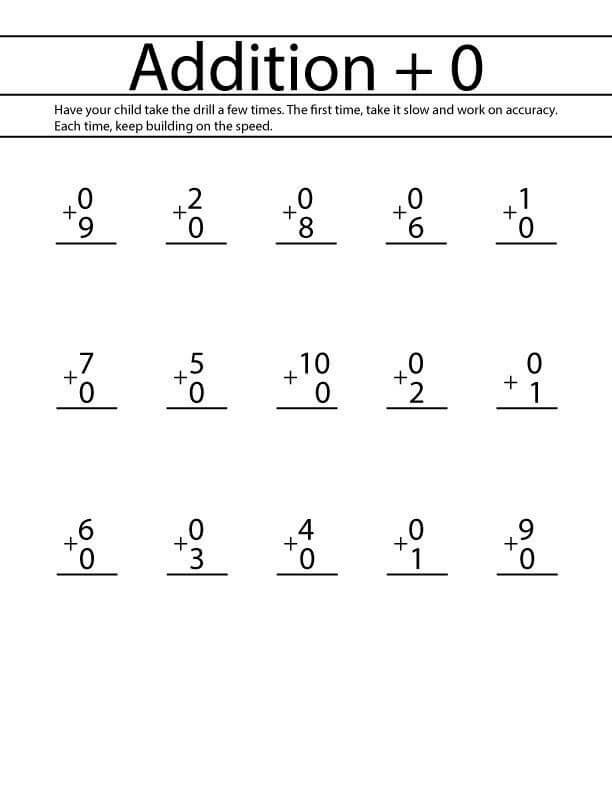
Lesson 3: Tools for Telling Time –
2 ActivitiesIdentify tools for measuring time such as clocks and calendars and name parts of each tool.
Lesson 4: Time to the Hour and Half-hour –
2 ActivitiesTell time on analog and digital clocks to hour and half hour, and relate time events using shorter/longer.
Lesson 5: Time to the Hour and Half-hour –
2 ActivitiesTell time on analog and digital clocks to hour and half hour, and relate time events using shorter/longer.
Lesson 6: Elapsed Time –
2 ActivitiesSolve simple real-world problems involving elapsed time to the hour and half hour and minutes.
Chapter Test: Time
Chapter 12: “Length”
Lesson 1: Non-standard Units –
2 ActivitiesUse nonstandard units to estimate and measure lengths.
Lesson 2: Compare Lengths –
2 ActivitiesCompare the length of two or more objects by using direct comparison or by using nonstandard units.
Lesson 3: Customary Units –
2 ActivitiesUse customary units to measure, compare, and order objects according to lengths, in inches and feet.
Lesson 4: Tools and Units –
2 ActivitiesChoose the appropriate unit and tool to measure length.
Lesson 5: Metric Units –
2 ActivitiesUse metric units to measure, compare, and order objects according to lengths.
Chapter Test: Length
Chapter 13: “Weight”
Lesson 1: Non-standard Units –
2 ActivitiesUse nonstandard units to estimate and measure weights.
Lesson 2: Compare Weights –
2 ActivitiesCompare the weight of two or more objects by using direct comparison or by using nonstandard units.
Lesson 3: Customary Units –
3 ActivitiesCompare the weight of two or more objects using customary units and identify the tools for measuring weight.
Lesson 4: Metric Units –
2 ActivitiesUse metric units to measure, compare, and order objects according to weights.
Chapter Test: Weight
Chapter 14: “Capacity”
Lesson 1: Non-standard Units –
2 ActivitiesUse nonstandard units to estimate and measure capacity.
Lesson 2: Compare Capacity –
2 ActivitiesCompare the capacity of two or more containers using direct comparison.
Lesson 3: Customary Units –
2 ActivitiesCompare the capacity (in cups, pints, and quarts) of two or more containers. Identify the tools for measuring capacity.
Lesson 4: Metric Units –
2 ActivitiesUse metric units to measure, compare, and order objects according to capacity.
Chapter Test: Capacity
Chapter 15: “Temperature”
Lesson 1: Measure Temperature –
2 ActivitiesUsing a Fahrenheit thermometer, tell temperature to the nearest 10 degrees. Match temperature in degrees Fahrenheit to the feeling outside of a warm or cold day.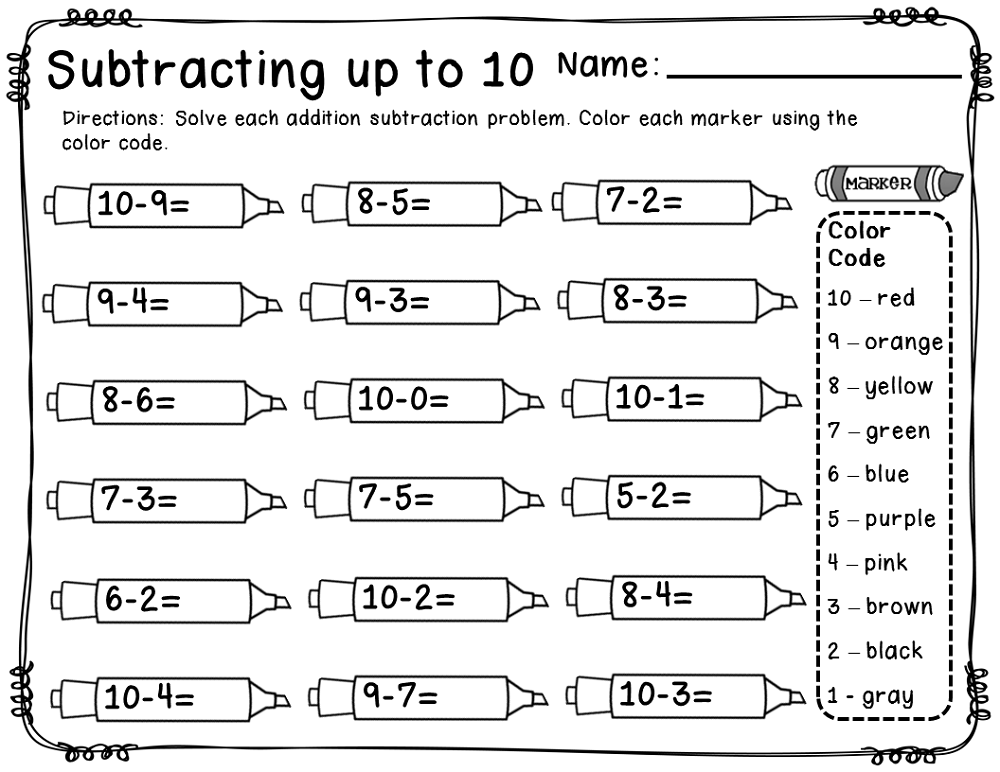
Lesson 2: Compare Temperature –
2 ActivitiesCompare temperatures in degrees Fahrenheit of two or more objects. Identify tools for measuring temperature.
Chapter Test: Temperature
Chapter 16: “Graphing”
Lesson 1: Tally Table –
2 ActivitiesSort objects into categories and create a tally table.
Lesson 2: Pictographs –
2 ActivitiesOrganize and record data in pictographs.
Lesson 3: Bar Graphs –
2 ActivitiesOrganize and record data in bar graphs.
Chapter Test: Graphing
Chapter 17: “Using Data”
Lesson 1: Compare Data –
2 ActivitiesInterpret data and explore range and mode in simple graphs.
Lesson 2: Make Predictions –
2 ActivitiesUse data to make predictions about events or situations.
Chapter Test: Using Data
Chapter 18: “Probability”
Lesson 1: Certain or Impossible –
2 ActivitiesIdentify whether an event is certain, possible, or impossible.
Lesson 2: Most and Least Likely –
2 ActivitiesIdentify the likelihood of a given event.
Chapter Test: Probability
Why Choose Time4Learning First Grade Math Homeschool Curriculum
Without a thorough understanding of foundational math skills, students will find it difficult to keep up with a first grade math curriculum. As we all know, in order to keep a young child engaged and to instill a lifelong love of learning they need to enjoy the lessons.
Time4Learning makes learning fun for first graders through interactive, multimedia-based lessons that feature colorful animations, funny characters, and catchy songs — all of which help children learn, retain information, and have fun. With a simple-to-follow format that builds on previous material, students are able to expand their knowledge and build their first grade math fluency in order to master concepts in number sense, addition, subtraction, estimation, money, patterns, and more.
In addition to providing an award-winning curriculum for students, Time4Learning can help your student achieve all their first grade math goals and objectives with our flexible, student-paced curriculum. It also offers convenient tools for parents that help you save time and homeschool with confidence. Learn more about our online first grade homeschool curriculum, designed to help your child learn and master their fundamental concepts.
1st Grade Math Skills, What Your Child Will Learn, Komodo Math
- Math Tips
- Education
- 1st
Your child is heading to first grade! After the year in kindergarten, your first grader will be ready for some amazing growth. For many children, first grade is the year that they bloom as readers and mathematicians. Get ready to support your child’s mathematical growth by learning about first grade math skills.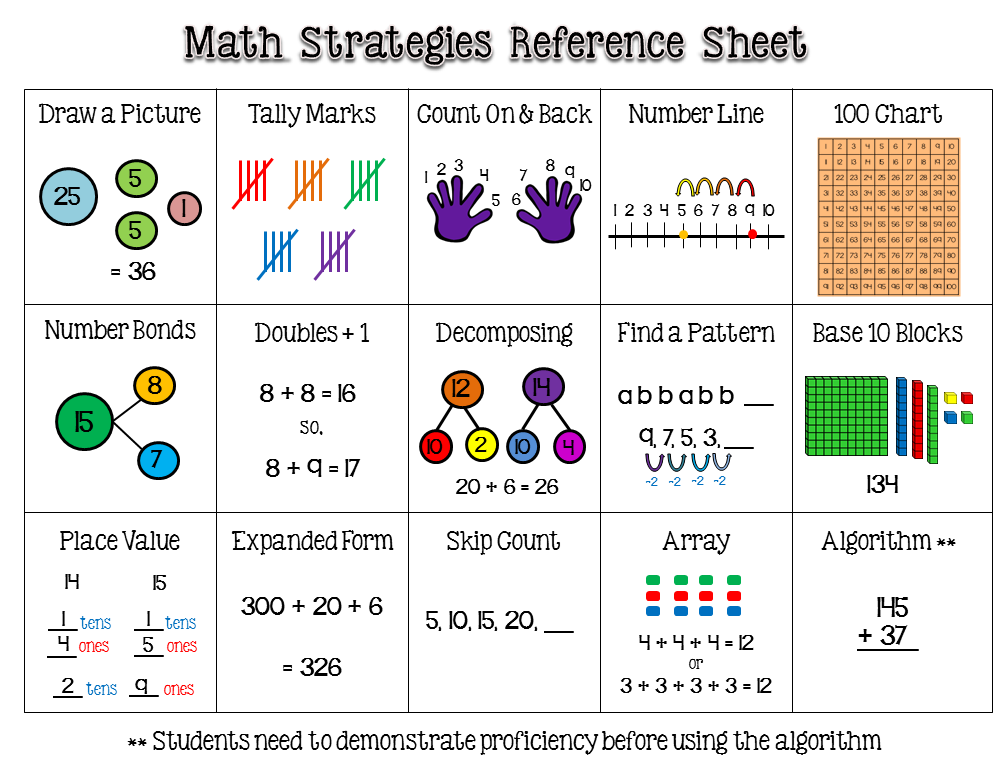
In first grade, you can expect your child to learn about:
1. Addition and subtraction facts to 20
Now that your child has mastered the idea of adding and subtracting, they’re ready to practice math facts. This means getting faster when answering addition and subtraction problems to 20.
Help your child develop fluency by asking basic addition and subtraction problems - we find that using treats can help keep kids interested! If your first grader needs support, encourage the use of physical objects or fingers as problem-solving tools.
2. Addition and subtraction as inverse operations
Your child probably understands the concept of addition as “putting together” and subtraction as “taking apart.” In first grade, children are encouraged to see the connections between addition and subtraction. Your child will learn how addition and subtraction are inverse operations, or that one is the opposite of the other, and create “fact families” of related addition and subtraction problems.
When working with addition and subtraction, ask your child to see connections. For example, if your child has four dolls and three cars, ask how many toys there are in all. Then ask how many toys there would be if the four dolls are taken away.
3. Count and write within 120
Your child has probably mastered counting to 20. But in first grade kids will learn to count all the way up to 120! That’s not all. Kids will be expected to not only count, but write, the numbers. This is great practice for understanding multi-digit numbers.
At home: Encourage your child to write numbers whenever possible. Talk about how two-digit numbers are made up of tens and ones and how three-digit numbers are made up of hundreds, tens, and ones. Just looking closely at multi-digit numbers together can be a great learning opportunity.
4. Add within 100
Now that your child has an understanding of numbers past 100 as well as basic addition and subtraction facts, it’s time to practice adding within 100. Children will practice adding one-digit numbers to two-digit numbers using strategies like counting on and number charts. Children can practice adding larger numbers with the help of a 1-100 chart.
Children will practice adding one-digit numbers to two-digit numbers using strategies like counting on and number charts. Children can practice adding larger numbers with the help of a 1-100 chart.
First graders are also ready to practice adding and subtracting 10s to and from two digit numbers.
At home: Help your child see patterns when adding and subtracting 10s. For example, after solving a problem like 59 - 10 = 49, point out to your child that 49 has one less 10 than 59. This is another great way to learn about place value.
5. Measure objects
In first grade, kids learn how to measure using rulers and more unusual things like paper clips. After taking measurements, children compare and order objects by length.
At home: Kids love measuring things around the house, so keep a couple of rulers handy.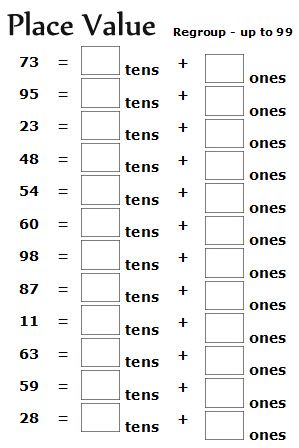 Pay attention to how your child is using a ruler and taking measurements. Sometimes kids don’t quite measure from end to end, so they might need a bit of help...
Pay attention to how your child is using a ruler and taking measurements. Sometimes kids don’t quite measure from end to end, so they might need a bit of help...
6. Tell time to hour and half hour
One of the trickiest concepts first graders will learn is to tell time. Using analog clocks is confusing, especially when kids are more used to seeing digital clocks. In first grade, your child will learn about the big and little hands of a clock and will practice telling time to the hour and half hour.
At home: Get hold of an analog clock for your home (either a real one or one made just for learning). Talk with your child about the time and how the hands move around the clock. Remember to just focus on telling time to the hour and half hour to start!
7. Understand basic fractions
First graders also get an introduction to fractions as equal shares. They will learn how to divide into equal groups and learn basic fractions like ½, ⅓, and ¼.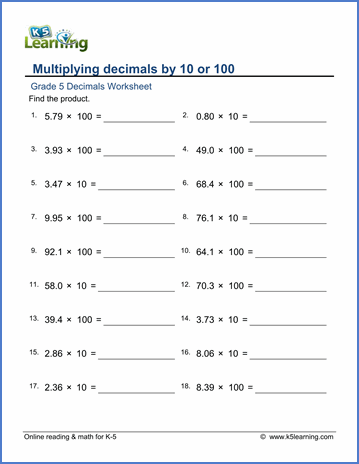 First graders usually have a good understanding of fairness, so practicing making equal shares should be a relatively easy task for them!
First graders usually have a good understanding of fairness, so practicing making equal shares should be a relatively easy task for them!
At home: Help your child to divide pizzas, pies, and sandwiches into equal shares. As you do, talk about the fractions of the whole that you created.
First graders are ready to dive deep into mathematical concepts. Find time to connect with your child about classroom learning and get ready to have some fun!
Found this useful? Check out our grade by grade math guides from Kindergarten to 5th grade
Written by Lily Jones, Lily loves all things learning. She has been a kindergarten & first grade teacher, instructional coach, curriculum developer, and teacher trainer. She loves to look at the world with curiosity and inspire people of all ages to love learning. She lives in California with her husband, two kids, and a little dog.
About Komodo – Komodo is a fun and effective way to boost K-5 math skills. Designed for 5 to 11-year-olds to use in the home, Komodo uses a little and often approach to learning math (15 minutes, three to five times per week) that fits into the busy family routine. Komodo helps users develop fluency and confidence in math – without keeping them at the screen for long.
Designed for 5 to 11-year-olds to use in the home, Komodo uses a little and often approach to learning math (15 minutes, three to five times per week) that fits into the busy family routine. Komodo helps users develop fluency and confidence in math – without keeping them at the screen for long.
Find out more about Komodo and how it helps thousands of children each year do better at maths – you can even try Komodo for free.
Back to School - 5 Tips to Help you Ease Back into the Routine
Here are some steps you can take to ease children back from full vacation mode so that the first week of school doesn't knock you sideways.
Mindset - The Path to Mastery
People who have a growth mindset believe that they always have the potential to learn and improve. They are more motivated to persevere with difficult tasks, to take risks and to learn from failure.
Our documents - School No. 45, Vladivostok. Work programs - Work programs for grades 1.5 for the 2022-2023 academic year - work program in mathematics Grade 1
home → Our Documents
Our Documents → Work programs → Work programs for grades 1.5 for the 2022-2023 academic year
[ Download ]
Documents 2022
On conducting socio-psychological testing of students of municipal educational institutions subordinate to the Office for Work with Municipal Educational Institutions of the Vladivostok City Administration, aimed at identifying non-medical consumption of narcotic drugs and psychotropic substances in the 2022-2023 academic year
Comprehensive action plan for the prevention of neglect, delinquency, extremist manifestations, HIV / AIDS, the use of psychoactive substances by minors, the prevention of abuse and violence against children, the prevention of suicide for 2021 (with changes for 2022)
Decree No.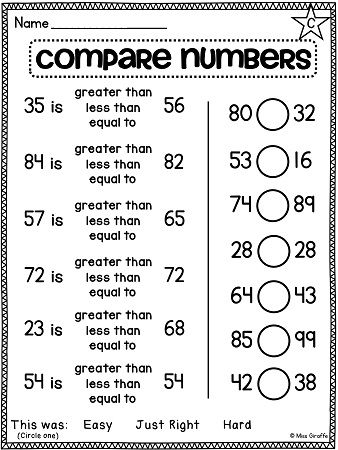 982 dated 04/29/2022 "On the assignment of municipal educational institutions of the city of Vladivostok to the territories of the Vladivostok city district"
982 dated 04/29/2022 "On the assignment of municipal educational institutions of the city of Vladivostok to the territories of the Vladivostok city district"
Resolution No. 376 of February 24, 2022 "On the assignment of municipal educational institutions of the city of Vladivostok to the territories of the Vladivostok city district"
State social assistance on the basis of a social contract
Results of a survey on the topic “The attitude of Vladivostok residents to the organization of school education”
Federal documents
- The Constitution of the Russian Federation Open
- Federal Law on Education in the Russian Federation Open
Prevention and counteraction to extremism
- Federal list of extremist materials Open
- Federal Law No. 114 "On Counteracting Extremist Activities" Open
- Federal Law No. 112-FZ of July 5, 2002 “On Amendments and Additions to Legislative Acts of the Russian Federation in Connection with the Adoption of the Federal Law “On Countering Extremist Activity” Open
- Decree of the President of the Russian Federation of March 23, 1995 No.
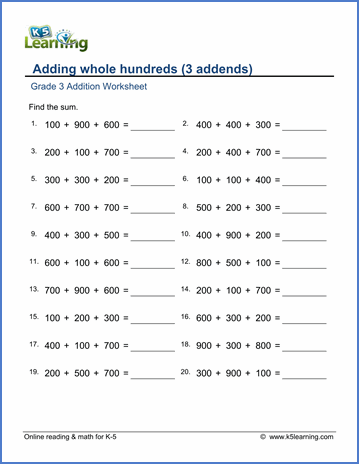 310 (as amended on November 3, 2004) "On measures to ensure coordinated actions of state authorities in the fight against manifestations of fascism and other forms of political extremism in the Russian Federation" Open
310 (as amended on November 3, 2004) "On measures to ensure coordinated actions of state authorities in the fight against manifestations of fascism and other forms of political extremism in the Russian Federation" Open - Federal Law of July 24, 2007 No. 211-FZ "On Amendments to Certain Legislative Acts of the Russian Federation in Connection with the Improvement of Public Administration in the Field of Countering Extremism" Open
- Decree of the Government of the Russian Federation on January 18, 2003 No. 27 (as amended on March 24, 2011) “On Approval of the Regulations on the Procedure for Determining the List of Organizations and Individuals in Respect of which there is Information about Their Participation in Extremist Activities and Bringing this List to the attention of organizations carrying out transactions with cash or other property” Open
- Federal Law of October 6, 2003 No. 131-FZ "On the General Principles of Organization of Local Self-Government in the Russian Federation" Open
Antiterror
- Electronic resources of the National Center for Informational Counteraction to Terrorism and Extremism in the Educational Environment and the Internet (ntspti.
 rf) and the portal of Science and Education Against Terror (scienceport.ru)
rf) and the portal of Science and Education Against Terror (scienceport.ru)
Normative, legal and other acts in the field of combating corruption
- Federal Law No. 172-FZ dated July 17, 2009 “On anti-corruption expertise of regulatory legal acts and draft regulatory legal acts” Open
- Federal Law No. 79-FZ of May 7, 2013 “On the prohibition of certain categories of persons to open and have accounts (deposits), keep cash and valuables in foreign banks located outside the territory of the Russian Federation, own and (or) use foreign financial tools” (as amended on December 22, 2014) Open
Admission to school
- Order of the Ministry of Education and Science of Russia dated January 22, 2014 N 32 "On approval of the procedure for the admission of citizens to study in educational programs of primary general, basic general and secondary general education" Open
- Federal State Educational Standard of Primary General Education Open
Information security of children
- Decree of the President of the Russian Federation of June 1, 2012 No.
 761 "On the National Strategy for Action in the Interests of Children for 2012-2017" Open
761 "On the National Strategy for Action in the Interests of Children for 2012-2017" Open - Federal Law of July 27, 2006 N 152-FZ (as amended on July 21, 2014) "On Personal Data" (July 27, 2006) Open
- Federal Law No. 38-FZ of March 13, 2006 "On Advertising" Open
- Federal Law No. 436-FZ of December 29, 2010 “On the Protection of Children from Information Harmful to Their Health and Development” Open
- Federal Law No. 124-FZ dated July 24, 1998 “On Basic Guarantees of the Rights of the Child in the Russian Federation” Open
On reducing the risks of emergencies in educational institutions
- Federal Law of December 21, 1994 N 68-FZ (as amended on June 23, 2016) "On the protection of the population and territories from natural and man-made emergencies" Open
- Federal Law of December 21, 1994 N 69-FZ "On Fire Safety" Open
- Decree of the Government of the Russian Federation of September 4, 2003 N 547 (as amended on September 10, 2016) "On the preparation of the population in the field of protection against natural and man-made emergencies" Open
Research and Education Center "Empire of Schools"
With the support of "Education of the Primorsky Territory"
Legal address of MBOU secondary school No.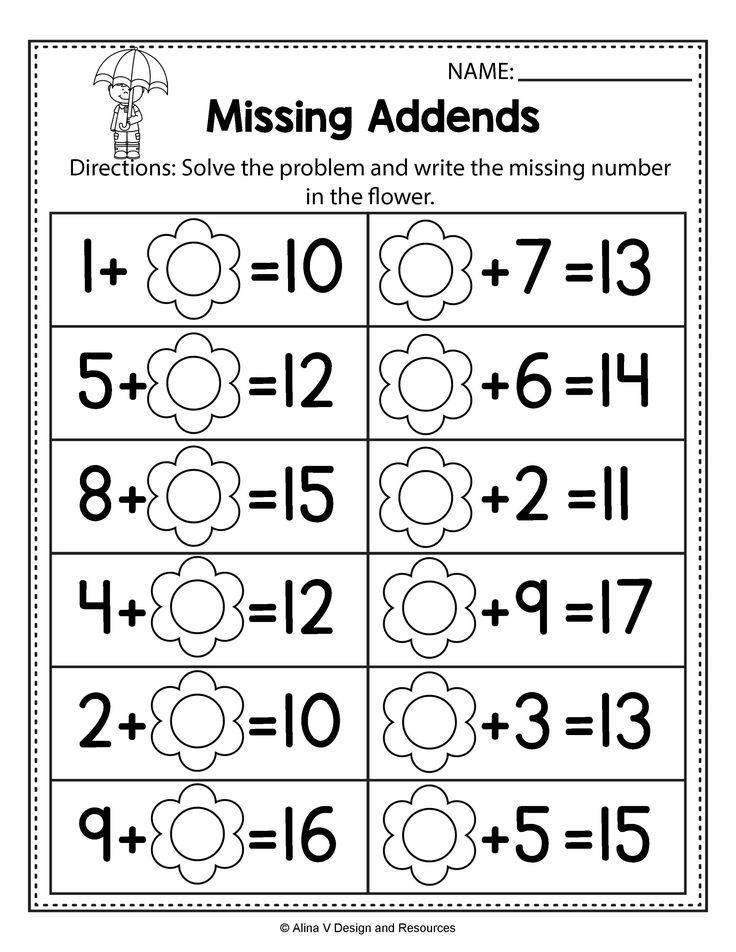 45:
45:
6
Tel.: (423) 225-54-86, 225-57-26, 225-56-88
Search for the material "Mathematics, 1st grade, Work program" for reading, downloading and buying
The results of the search for the Yandex search engine are shown below. The results can show both this book and books similar to it by title or author.
Search results:
- Working Mathematics program 1 class UMK "School...
Author's program in mathematics. The subject line of textbooks of the "School of Russia" system. Grades 1-4: textbook. allowance for general education. organizations / [M. I. Moro, S. I. Volkova, S. V. Stepanova and others]. - 2nd ed. revised - M .: Education, 2016. provisions on the work program of the teacher; curriculum of MBOU "Malopolpinskaya secondary school" for the 2020 - 2021 academic year. The program is focused on work on the textbook Mathematics.
 1 class. Proc. for general education organizations.
1 class. Proc. for general education organizations. NSPortal.ru
- Worker Program to Mathematics 1 Grade & quot; School of Russia ...
Working program "Mathematics" compiled in accordance with the requirements education, the Concept of spiritual and moral development and education of the personality of a citizen of Russia, the planned results of primary general education, an exemplary program in mathematics and based on the author's program M.I.Moro, Yu.M.Kolyagina, M.A.Bantova "Mathematics".
nsportal.ru
-
Buy this book
- Stationery
Stationery: paper, pens, pencils, notebooks. Backpacks, backpacks, bags. And much more.
my-shop.ru
- Working program for mathematics 1 class | Working .
..
The place of the subject in the curriculum of GBOU secondary school No. 176 of the Kalininsky district of St. Petersburg. According to the annual curriculum for grades 1-4, each grade is allocated 4 hours a week for studying the course "Mathematics", 540 hours in total: 132 hours in grade 1 (33 academic weeks), 136 hours in grades 2-4 (34 study weeks). Of these, in the 4th grade, time is allotted for 7 tests. Changes made to the text of the program taken as the basis for writing the working program.
nsportal.ru
- GEF 3.0 Working program " Mathematics " 1 class
The work program is compiled in accordance with the author's program in mathematics Alexandrova E.I., the textbook "Mathematics" in 2 parts, the teaching kit includes "Workbook" in 4 hours.. GEF. Elkonin-Davydov system. Grade 1 Work program in the Russian language.
 The working program was compiled in accordance with the author's program of S.V. Lomakovich and L.I. Timchenko. The training kit includes: the textbook "Russian language", a workbook and a notebook for tests....
The working program was compiled in accordance with the author's program of S.V. Lomakovich and L.I. Timchenko. The training kit includes: the textbook "Russian language", a workbook and a notebook for tests.... nsportal.ru
- Working program in mathematics , 1 class | Working ...
This working program was developed in relation to the curriculum of the course of Mathematics for grade 1 of general educational institutions, compiled in accordance with the requirements of the Federal State General Education Standard for Primary General Education, an exemplary program in mathematics and based on the author's program of M.I. Moro, Yu.M. Kolyagina, M.A. Bantova "Mathematics".
nsportal.ru
- working program in mathematics 1 class | Working .
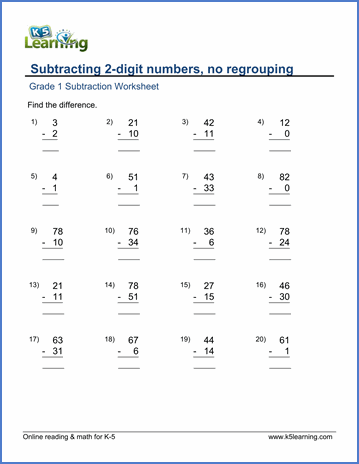 ..
.. The work program in the subject "Mathematics" for students of grade 1 is based on the Requirements for the results of mastering the main educational program of primary general education, presented in the Federal State Educational Standard of Primary General Education, as well as the Exemplary Education Program.
NSPortal.ru
- Worker Program to Mathematics 1 Class
Work program on the subject of grade 1 is compiled based on the requirements for the development of the basic educational program presented in the Federal State Educational Standard for Primary General Education, as well as the Exemplary Education Program.
NSPortal.ru
- Worker Program to Mathematics 1 School & quot; Russia ...
Working program "Mathematics" was developed based spiritual and moral development and education of the personality of a citizen of Russia, the planned results of primary general education and the author's program of M.
 I. Moro, Yu.M. Kolyagina, M.A. Bytova, G.V. Beltyukova, S.I. Volkova, S.V. Stepanova "Mathematics.
I. Moro, Yu.M. Kolyagina, M.A. Bytova, G.V. Beltyukova, S.I. Volkova, S.V. Stepanova "Mathematics. NSPortal.ru
- Worker Program to Mathematics 1 Class 2022 - 2023 Study
Work program in the subject "Mathematics" the educational program of primary general education, presented in the Federal State Educational Standard of Primary General Education, as well as the Exemplary Education Program.
nsportal.ru
- Mathematics . Working program (updated GEF) | Working ...
The work program in mathematics was compiled according to the updated GEF for grades 1-4 of the NOO LLC.
The work program on the subject "Mathematics" at the level of primary general education is based on the Requirements for the results of mastering the main educational program of primary general education, presented in the Federal State Educational Standard of Primary General Education, as well as the Exemplary Education Program.
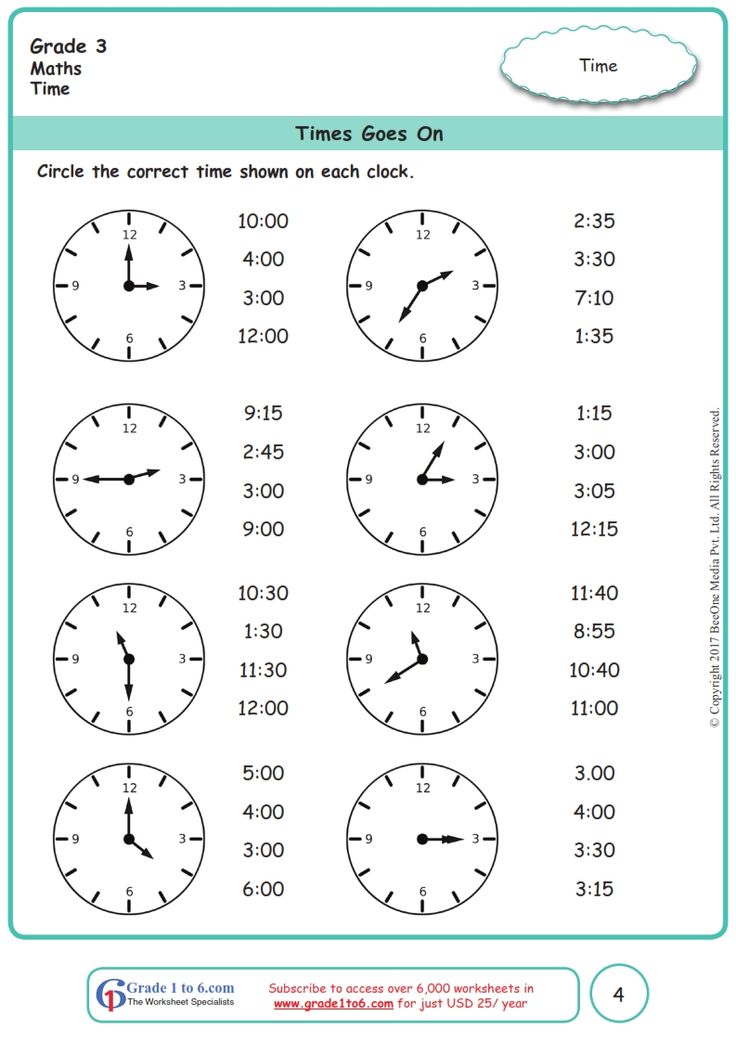
NSPORTAL.ru
- Worker Program of the subject " Mathematics " For 1 class
Working program on the subject of grade 1 is compiled on the basis of the requirements for the results of mastering the main educational program primary general education, presented in the Federal State Educational Standard of Primary General Education, as well as the Exemplary Education Program.
nsportal.ru
- working program in mathematics 1 class | Working ...
The work program on the subject "Mathematics" for students of the 1st grade of the OANO Primary comprehensive school "Give Good to Children" for the 2020-2021 academic year is compiled in accordance with the following regulatory framework
The program of educational institutions of the authors M.
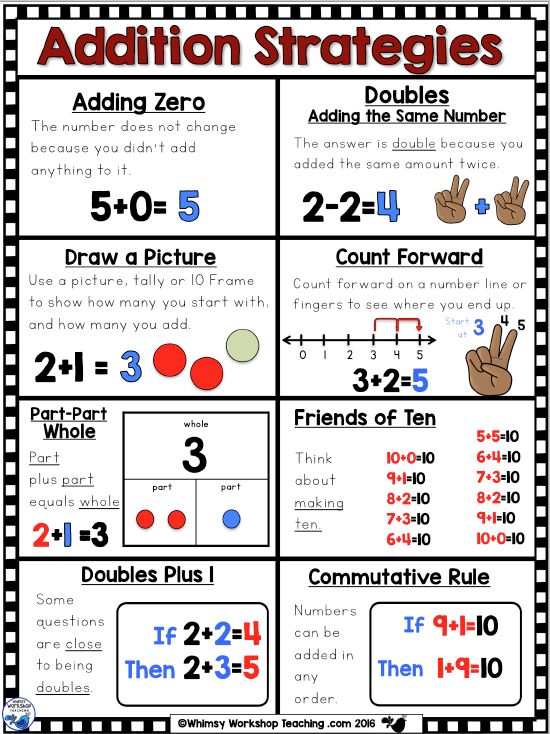 I. .Moro, S.I. Volkova, S.V. Stepanova "Mathematics. Grades 1-4" (educational and methodological set "School of Russia" program of primary general education in the subject "Mathematics" for students of grade 1.
I. .Moro, S.I. Volkova, S.V. Stepanova "Mathematics. Grades 1-4" (educational and methodological set "School of Russia" program of primary general education in the subject "Mathematics" for students of grade 1. NSPORTAL.ru
- Mathematics 1 Grade Workers School of Russia
The working program of the Class 1 is compiled on the basis of the Federal State Educational Standard for primary general education, educational plan, educational plan, educational plan, educational plan, educational plan, training plan, educational plan, educational plan. an exemplary program of primary general education in mathematics and the author's program of the training course "Mathematics" for students of the 1st grade of secondary schools, authors M.I. Moreau, S.I. Volkova, S.V. Stepanova, M. A. Bantova, G. V. Beltyukova (“Mathematics.
nsportal.
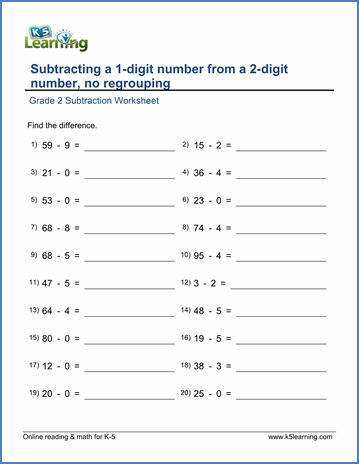 ru
ru - Working program "School of Russia" 1 class according to GEF
The work program in mathematics for grade 1 is based on: - the federal state general education standard for primary general education; - an exemplary basic educational program of primary general education
- a collection of work programs "School of Russia" grades 1-4: a manual for teachers of educational institutions / Moro M.I., Bantova M.A., Beltyukova G.V., Volkova S.I. , Stepanova S.V.-M.: Education, 2011; - the curriculum of MBOU "Secondary School No. 61".
nsportal.ru
- Designer programs for Mathematics . 1 class . | Working ...
WORKING PROGRAM (ID 4562896). subject "Mathematics". for grade 1 of primary general education for the 2022-2023 academic year.
The work program on the subject "Mathematics" for students of grade 1 is based on the Requirements for the results of mastering the main educational program of primary general education, presented in the Federal State Educational Standard of Primary General Education, as well as the Exemplary Education Program.
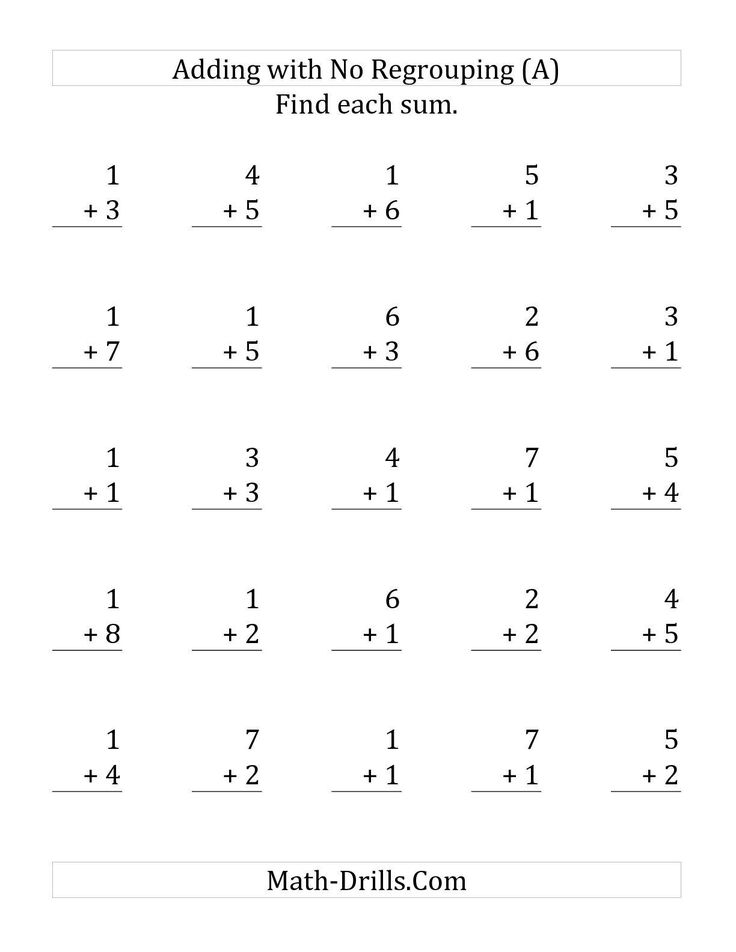
nsportal.ru
- Exemplary working program of primary general education... state educational standard of primary general education, as well as an exemplary educational program.
nsportal.ru
- Work program for mathematics . 1 class .( Moro...)
Moro M.I., Volkova S.I., Stepanova S.V., mathematics textbook for grade 1 in 2 parts.) work program in mathematics (grade 1 ).
The place of the subject in the curriculum - 132 hours (33 academic weeks) at 4 hours per week are determined by the curriculum for the development of the mathematics program in the 1st grade. The educational and didactic set allows you to optimally organize the study of program material, maintain students' interest in the subject, and ensure successful assimilation of the mandatory minimum of the content of education in the subject.

nsportal.ru
- Working program in mathematics . 1 class EMC "School of Russia".
The work program is compiled in accordance with the requirements of the Federal State Educational Standard of the IEO on the basis of: - an exemplary program of primary general education in the subject "Mathematics", ed. A.M. Kondakov.
- programs "Mathematics" (authors: M.I. Moro, M.A. Bantova, G.V. Beltyukova, S.I. Volkova, S.V., Stepanova) from the collection of work programs for the TMC "School of Russia" , scientific adviser A.A. Pleshakov.
nsportal.ru
- Working program for mathematics for 1 class | Working ...
The work program in the subject "Mathematics" for the 1st grade was compiled on the basis of the author's program of M.
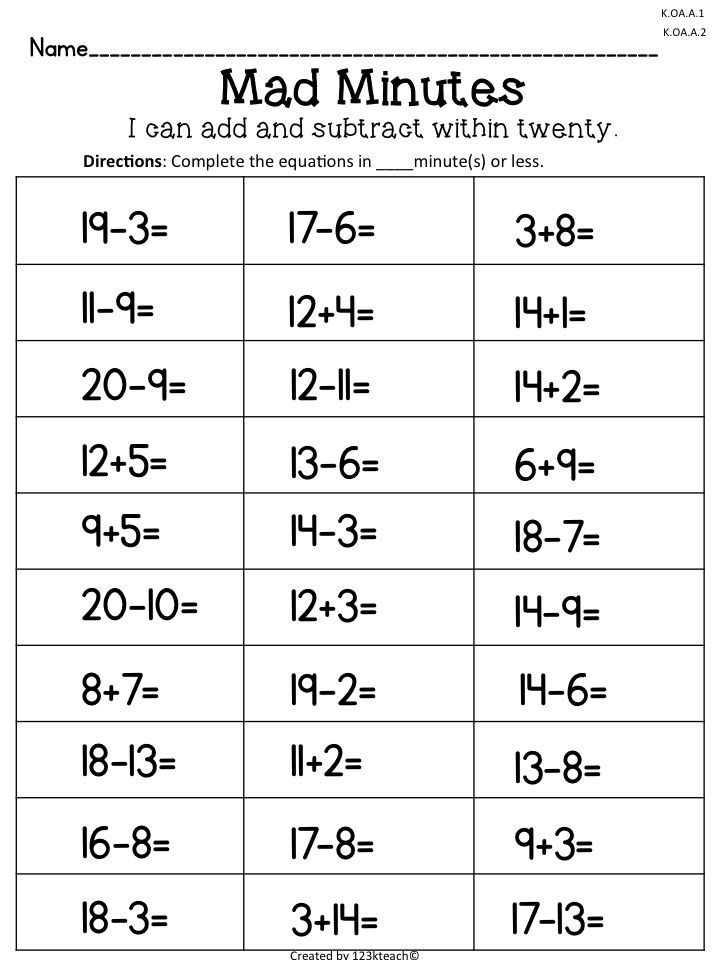 I. Moro, S. I. Volkova, S. V. Stepanova, M. A. Bantova, G. V. Beltyukova "Mathematics. Grades 1-4", 2016 (educational and methodical set "School of Russia"). The work program is focused on the use of: Moro M. I., Volkova S. I. Mathematics. Workbook grade 1. In 2 parts. M. - Enlightenment, 2017.
I. Moro, S. I. Volkova, S. V. Stepanova, M. A. Bantova, G. V. Beltyukova "Mathematics. Grades 1-4", 2016 (educational and methodical set "School of Russia"). The work program is focused on the use of: Moro M. I., Volkova S. I. Mathematics. Workbook grade 1. In 2 parts. M. - Enlightenment, 2017. nsportal.ru
- Working program in mathematics . 1 class . GEF. School of Russia.
Work program in mathematics. according to the UMK "School of Russia" system. Teacher: Category of students: students of grade 1 MK0U secondary school No. __. Terms of development of the program: 1 year. Volume of study time: 132 hours. Mode of employment: 4 hours a week. 2015 - 2016 academic year. Thematic lesson planning. Grade 1 (132 hours). Developed on the basis of: - M.I. Moro, M.A. Bantova, G.V. Beltyukova, S.I. Volkova, S.V. Stepanova. EMC "School of Russia" Moscow "Enlightenment" 2011.

nsportal.ru
- WORKING PROGRAM on the subject " Mathematics ".
The course of mathematics is studied from grades 1 to 4 for four hours a week. At the same time, in the 1st grade there are 132 hours (33 academic weeks). The program is provided with an educational and methodical set: Mathematics Program. M.I. Moro (Collection of work programs of the UMK "School of Russia", - M .: Education, 2014. Mathematics. Grade 1. Textbook for educational organizations with an application on an electronic medium. At 2 hours / M.I. Moro, S.I. Volkova, S.V. Stepanova. - M .: Education, 2018.
nsportal.ru
- Working program in mathematics 1 class | Working ...
For the study of mathematics in the 1 "A" class, the textbook "Mathematics 1 class" 1, 2 parts, M.
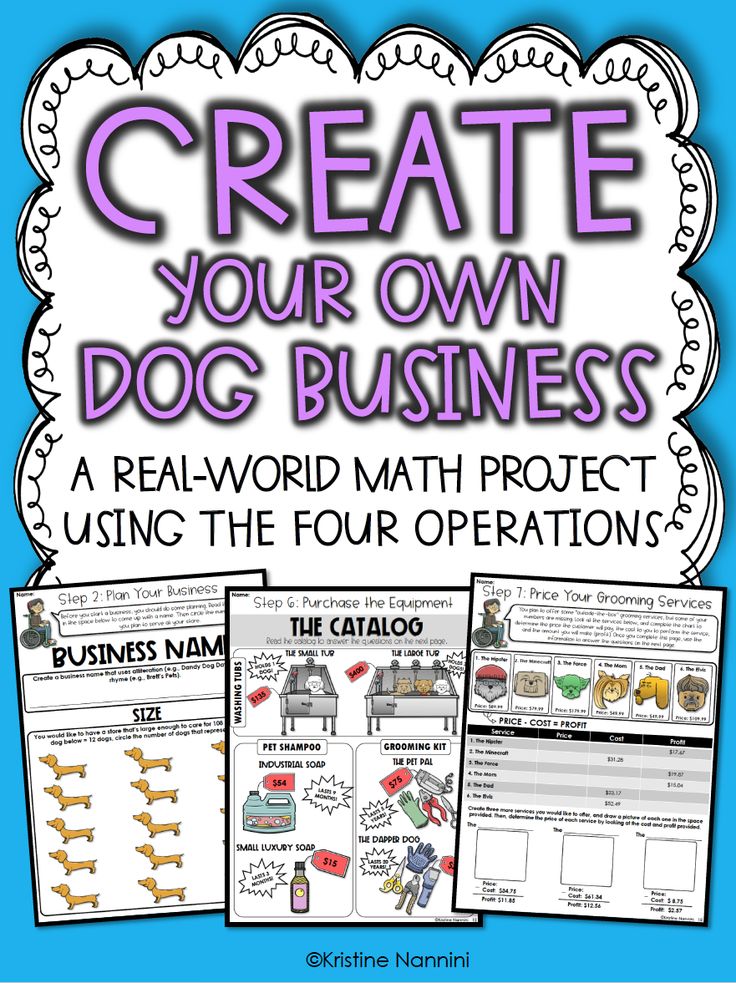 I. Moro, S.I. Volkova, S.V. Stepanova publishing house "Enlightenment" 2011. The content of the textbook is fully consistent with the Federal State Educational Standard for Primary General Education in Mathematics. When developing the calendar-thematic planning for this work program, the psychological and pedagogical characteristics of students in grade 1 and their individual characteristics were taken into account.
I. Moro, S.I. Volkova, S.V. Stepanova publishing house "Enlightenment" 2011. The content of the textbook is fully consistent with the Federal State Educational Standard for Primary General Education in Mathematics. When developing the calendar-thematic planning for this work program, the psychological and pedagogical characteristics of students in grade 1 and their individual characteristics were taken into account. nsportal.ru
- Working program in mathematics . 1 class . | Work program ...
Work program in mathematics. 1 "A, B" classes. Compiled on the basis of the program "School of Russia" for. 1 class of educational institutions.
The work program of the subject "Mathematics" was compiled in accordance with the requirements of the Federal State General Education Standard for Primary General Education, an exemplary program in mathematics and based on the author's program of M.
 I. Moro, Yu. M. Kolyagina, M. A. Bantova "Mathematics ", 2016.
I. Moro, Yu. M. Kolyagina, M. A. Bantova "Mathematics ", 2016. nsportal.ru
- Approximate working program 1 class for 2021-2022 | Working ...
on the basis of the Requirements for the results of mastering the program of primary general education of the Federal State Educational Standard of Primary General Education (hereinafter - FSES IEO), taking into account the requirements for the results of mastering the main educational program of primary general education distributed by class, and is also focused on target priorities of spiritual and moral development, education and socialization of students, formulated in the Exemplary Education Program.
nsportal.ru
- Work program in mathematics 1 class "School of Russia.
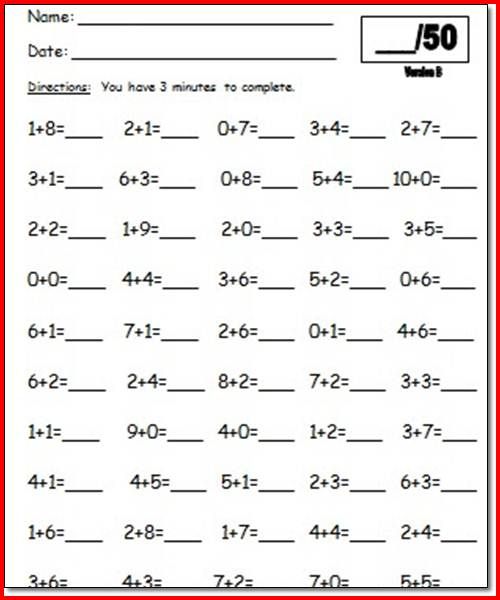 ..
.. Exemplary educational program of primary general education 5. Author's program of M.I.Moro, Yu.M.Kolyagina, M.A.Bantova. "Mathematics" (Collection of work programs "School of Russia". 1-4 grades, M.: Prosveshchenie, 2017)
In the Federal basic educational plan, 4 hours a week are allotted for the study of mathematics in the first grade, a total of 132 hours a year. The work program is focused on work on the educational and methodological set: Moro M.I., Volkova S.I., Stepanova S.V. Maths.
nsportal.ru
- Working program in mathematics . 1 class . | Working program ...
The work program in mathematics for grade 1 was developed on the basis of the Sample program of primary general education, the author's program of M. I. Moro, M. A. Bantov "Mathematics", approved by the Ministry of Defense of the Russian Federation, in accordance with the requirements of the Federal State educational standard of primary general education.

fostering interest in mathematics, in mental activity; The program defines a number of tasks, the solution of which is aimed at achieving the main goals of primary mathematical education.
... the subject "Mathematics" was compiled in accordance with the requirements of the Federal State General Educational Standard for Primary General Education, an exemplary program in mathematics and based on the author's program of M.I. Moro, Yu.M. Kolyagina, M.A. Bantova "Mathematics".
- Learn to play different roles in the group (leader, performer, critic). The subject results of studying the course "Mathematics" in the 1st grade are the formation of the following skills. Students should know
nsportal.ru
- Work program in mathematics 1 Requirements for the results of mastering the main educational program of primary general education, presented in the Federal State Educational Standard for Primary General Education, as well as the Exemplary Education Program.
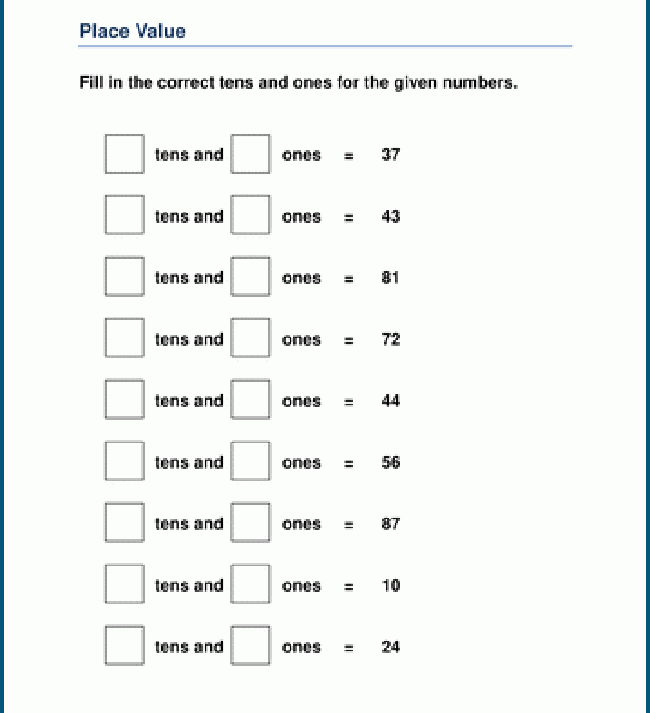
NSPortal.ru
- Worker Program Training Course Mathematics In 1
Work program “Mathematics” on the basis of: - Federal State Educational Standard for the Ministry Education and Science of the Russian Federation dated October 6, 2009 No. 373, as amended)
Work program. Subject line No. 34 of textbooks of the "School of Russia" system: 1-4 grades textbook for general education. organizations / M.I. Moreau, S.I. Volkova, S. V. Stepanova, 2nd ed. Moscow: Enlightenment 2016
nsportal.ru
- Working program in mathematics class students and the minimum content of education
The arithmetic core of the program is educational material, which, on the one hand, represents the foundations of mathematical science, and on the other hand, content selected and tested by many years of pedagogical practice, which confirmed the need for its study in elementary school for successful continuation of education.

nsportal.ru
- Working program " Mathematics " 1 class
Work program "Mathematics" Grade 1 calendar and thematic planning in mathematics (Grade 1).
The exemplary program for the subject "Mathematics" was compiled on the basis of the Law of the Donetsk People's Republic "On Education" (adopted by the Decree of the People's Council on June 19, 2015, as amended by Laws No. 111-INS of 04.03.2016, No. 249-INS dated 12.06.2019 No. 41-IINS, dated 10.18.2019 No. 64-IINS, dated 12.13.2019 No. 75-IINS, dated.
nsportal.ru
- Working program in mathematics class , EMC "School of Russia", textbook "Mathematics", Moscow publishing house "Prosveshchenie" 2011, authors M.I. Moro, S.I. Volkova, S.V.
